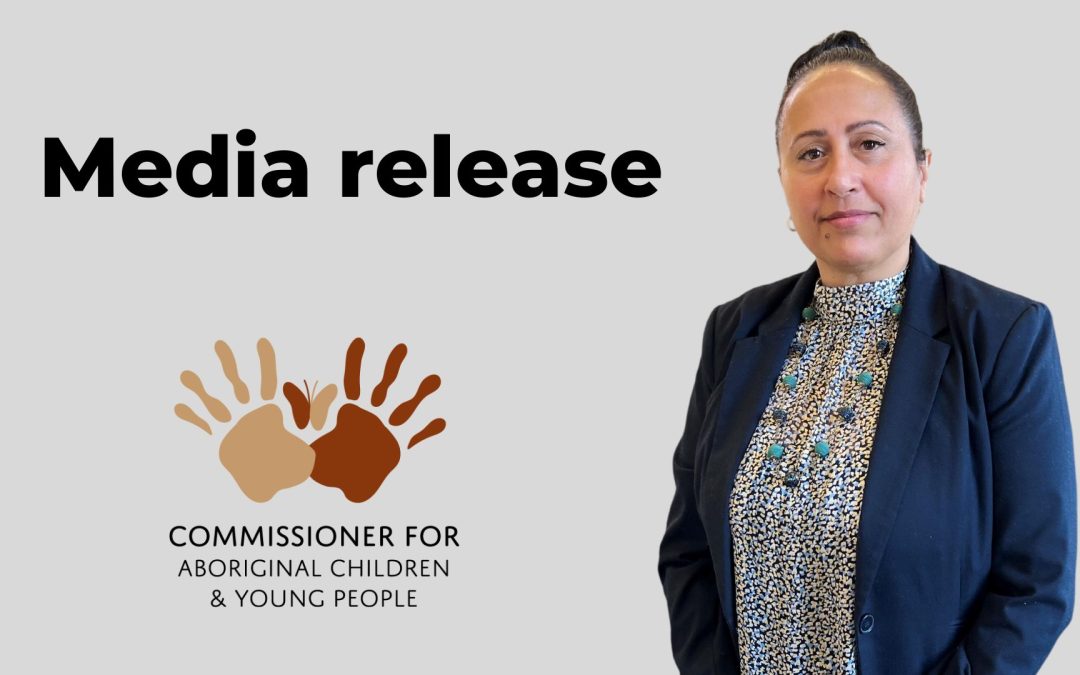Release date: 9/11/23
Public hearings into the removal and placement of Aboriginal children and young people in South Australia have commenced.
The hearings are being held to explore priority areas identified in the Commissioner’s Inquiry into the application of the Aboriginal and Torres Strait Islander Child Placement Principle (ATSICPP) in removal and placement decisions.
Witnesses are being called from across government, academia and the Aboriginal community-controlled sector.
The Commissioner is exploring child protection systems, policies, practices and procedures in South Australia and other jurisdictions nationally and internationally. Initial witnesses include:
- Dr Rhiannon Pilkington, Better Start, University of Adelaide; Dr Fiona Arney, Arney Chong Consulting and Karen Glover, SAHMRI Womens and Kids theme
- Professor Cindy Blackstock, McGill University
- Professor Muriel Bamblett AO and Sarah Gafforini, Victorian Aboriginal Child Care Agency
- Candice Butler, Queensland Aboriginal and Torres Strait Islander Child Protection Peak
- Commissioner Natalie Lewis, Queensland Family and Child Commission
The hearings are being recorded and will be available on the Commissioner’s website www.cacyp.com.au/public-hearings.
The public hearings follow the release of the Inquiry preliminary report earlier this month, which draws attention to early issues and includes 17 recommendations to inform State legislative reform.
A final report of the Inquiry is anticipated in early 2024.
April Lawrie, Commissioner for Aboriginal Children and Young People said:
“Through the Inquiry, we have heard from more than 1,000 people, including more than 400 Aboriginal people who have shared their experiences and stories.
“We have reviewed more than 890 documents and more than 20 case file audits and received 44 submissions from 21 organisations and 23 individuals.
“Through this work, we identified areas to explore more deeply to understand better the challenges, failures, successes and opportunities in child protection.
“These hearings are a chance to receive in-depth evidence from child protection professionals and experts about ways to better keep Aboriginal children and young people connected to family, community and Country.
“I also want to understand where and why authorities are failing to implement the ATSICPP and its five core elements of prevention, participation, partnership, placement and connection.”


Recent Comments